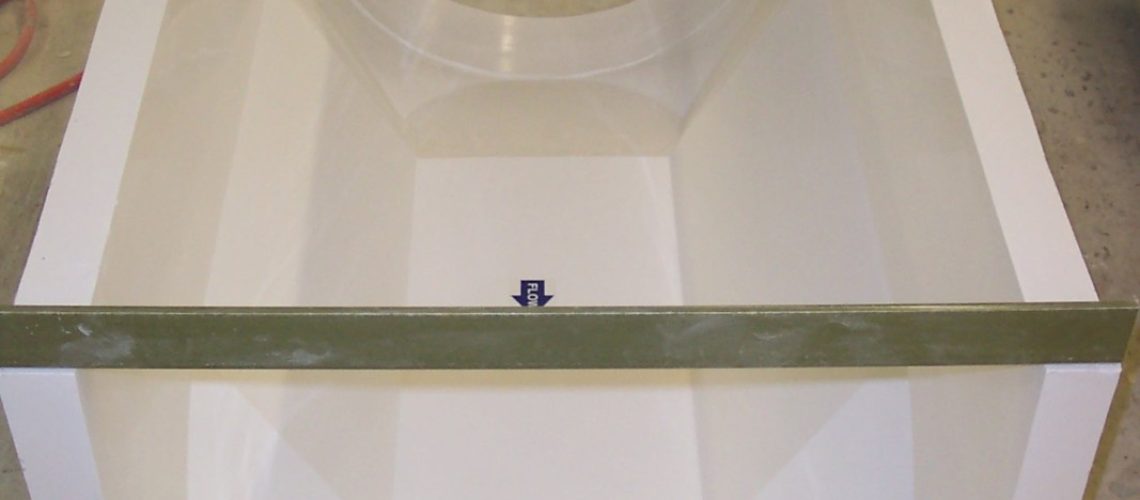Installing a flume is one of the best ways to start measuring flow velocity rate. Considering the sheer amount of flume variations, they can be made to fit a wide variety of streams. All you have to do to ensure accurate measurements is install it properly. Fortunately, there are some general guidelines to follow no matter what kind of flume you opt for. Here are the most important tips for flume installation.
Condition the Flow Approach
For a flume to function properly, the approaching flow has to meet certain requirements. The approaching flow needs to be subcritical and uniformly distributed across the channel. If that’s not possible with your flume’s location, there are conditioning and controlling structures available that can alter the upstream flow.
Center the Flume
Similar to how the approaching flow needs to be uniform and evenly distributed, the flume itself also needs to be centered. In order to obtain accurate measurements, the flume must be centered so the flow can reach critical velocity as it passes over. Just keep in mind that the flume’s centering is dependent on a consistently straight approach without any bends or dips.
Secure the Flume
Flumes are relatively large. If they come loose from their position, not only will you lose accurate measurements, but the repair costs can be significant. It’s always better to install a flume properly the first time. That means bracing the sidewalls and floors to ensure that the interior dimensions of the flume are preserved. If the interior dimensions become compromised, the entire flume may need to be replaced or rebuilt.
Ensure Easy Outflow
A flume only functions properly when it’s not submerged, and submergence only happens when the flow is unable to leave fast enough to maintain a proper water level. That’s why ensuring easy outflow is one of the most important steps for flume installation. Stay away from abrupt inlet transitions, and be wary of certain conditions when the flume has to be set above the channel floor. In these cases, a 1:4 transition slope is ideal.
Handle the Bracing Properly
Different kinds of flumes require different protocols when it comes to bracing. You already know that bracing is necessary to maintain the interior dimensions of a flume, but what should you do with the braces after the installation is complete? If your flume is set in concrete or otherwise adequately secured in its position, you can remove the braces. A free-standing flume, however, should keep the bracing for as long as it’s operational. In some cases, a flume’s cover can simultaneously serve as its bracing, so you don’t need additional materials.
Call the Experts
One of the best tips for flume installation is to call the experts and have them take care of it for you. At Tracom, our team can do exactly that, in addition to helping you design a suitable flume for your flow conditions. We have a wide variety of styles available, as well as other structures helpful for upstream flow conditioning. Get in touch with our team today to learn more about everything we can do for you.


